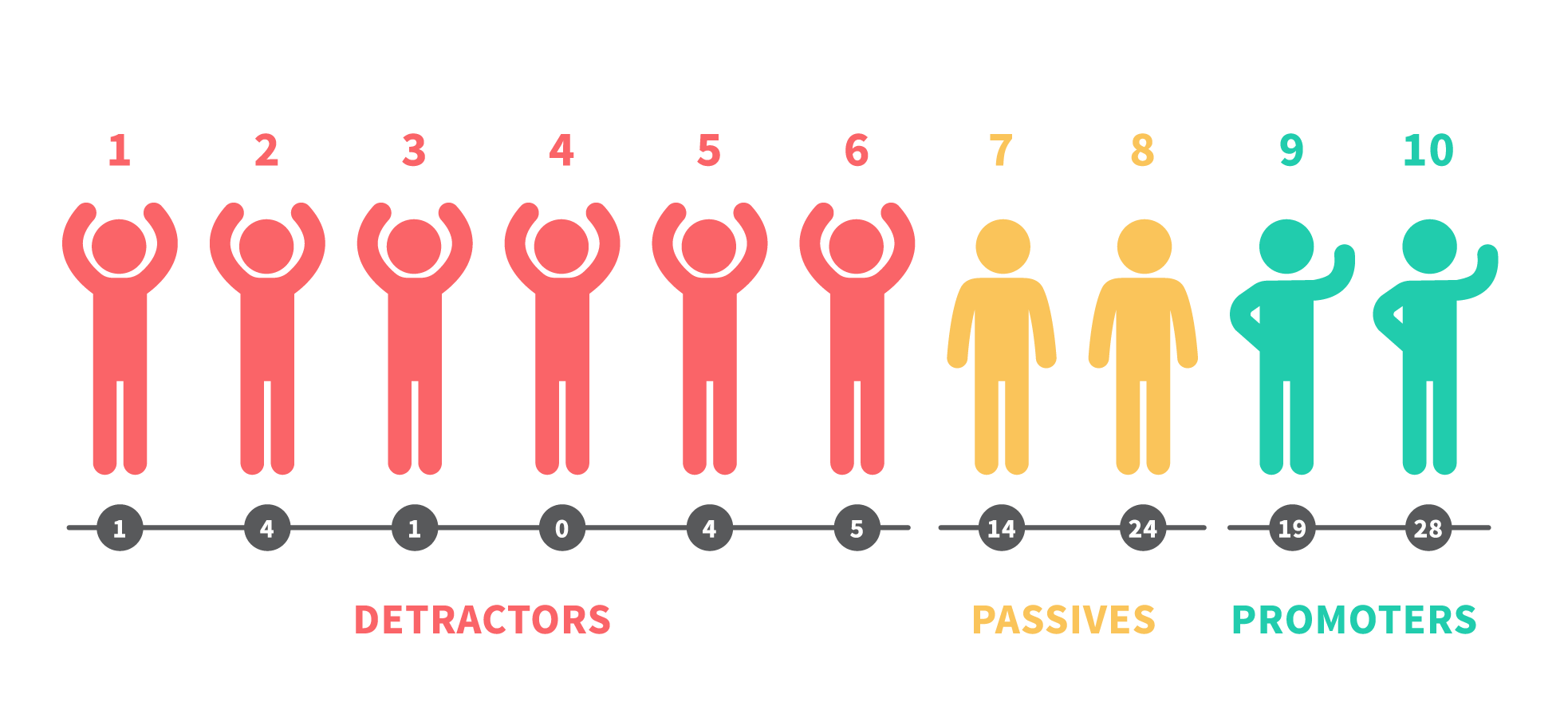Demo

Concepts such as ‘producer’, ‘consumer’, which have existed ever since the manufacturing of goods, as well as concepts such as ‘seller’’ and ‘customer’, which have been with us since people discovered shopping, are a few good examples. Indeed, there is another concept that should not be overlooked: customer satisfaction.

Put yourself in your customers’ shoes; nothing could be more natural than voicing your satisfaction or discontent with a product/service you have purchased but would answering tediously lengthy questions and writing comments be your preferred way of voicing your opinions? You either find yourself giving random answers for the sake of completing the survey or simply skip the survey and leave no feedback because you don’t have the time for it. You are absolutely right.
The best way to promote a product or service , without a thimble of a doubt, are the honest opinions of consumers who have actually purchased that product or service; therefore corporations basically look for a single answer in all their surveys: Would you recommend us to your friends? There are 3 possible answers to that question: Yes, no, not quite sure. One question, one answer. Like casting a vote. The question is obvious and the answers are clear. Now put yourself in your customers’ shoes again. You wish to report your satisfaction or dissatisfaction with a product/service and all you need to do is spare 1-2 seconds and make a choice. From a corporate point of view, a single answer may not do since you seek to gage the customer satisfaction levels via these answers. At this stage, putting before the customer a survey chart on a scale of 0 to 10 and ask him to make a single choice will suffice. This way, the customer will have given his feedback by ‘rating’ your corporation rather than sift his way through a long set of ready-made questions and you will have achieved your purpose. This method which has found wide usage abroad is called Net Promoter Score (NPS).
NPS puts customers in 3 categories according to their answers. Question: Would you recommend us to your friends?
| Those who give 9 and 10 points | Yes (Promoters) |
| Those who give 7 and 8 points | Indecisive (Promoters) |
| Those who give between 0 – 6 points | No (Detractors) |
It is no rocket science: NPS = (%Promoters) – (%Detractors)
So, what can be done looking at the results of this calculation?
- A Single Question Customer Satisfaction Analysis
- Activities to further encourage customers who have given the Yes answer
- A root-cause analysis of the factors causing the No answers
- A performance evaluation of not just your customers but also your company on a periodical basis
Even though no major methodological differences exist between the two, NPS results are prone to evaluation in a variety of ways due to cultural perceptions. For instance, the method of measurement called NPS-EU, which is widely used in Europe, has revealed that Europeans never rate a company 10 out of 10 and therefore those giving 8 points have been included in the ‘promoters’ group. There are even some corporations which do not restrict themselves to a 0 to 10 scale but use different methods of measurement. In short, NPS first allows a company internal measurement; in other words, it can be customized according to the needs of the corporation but if a general comparison is what is being asked for, the scoring system we mentioned at the very beginning takes over.
Our clients have now the privilege to rate the satisfaction levels of their customers using this methodology. next4biz allows you to carry out one question customer satisfaction NPS surveys at intervals determined by you.







